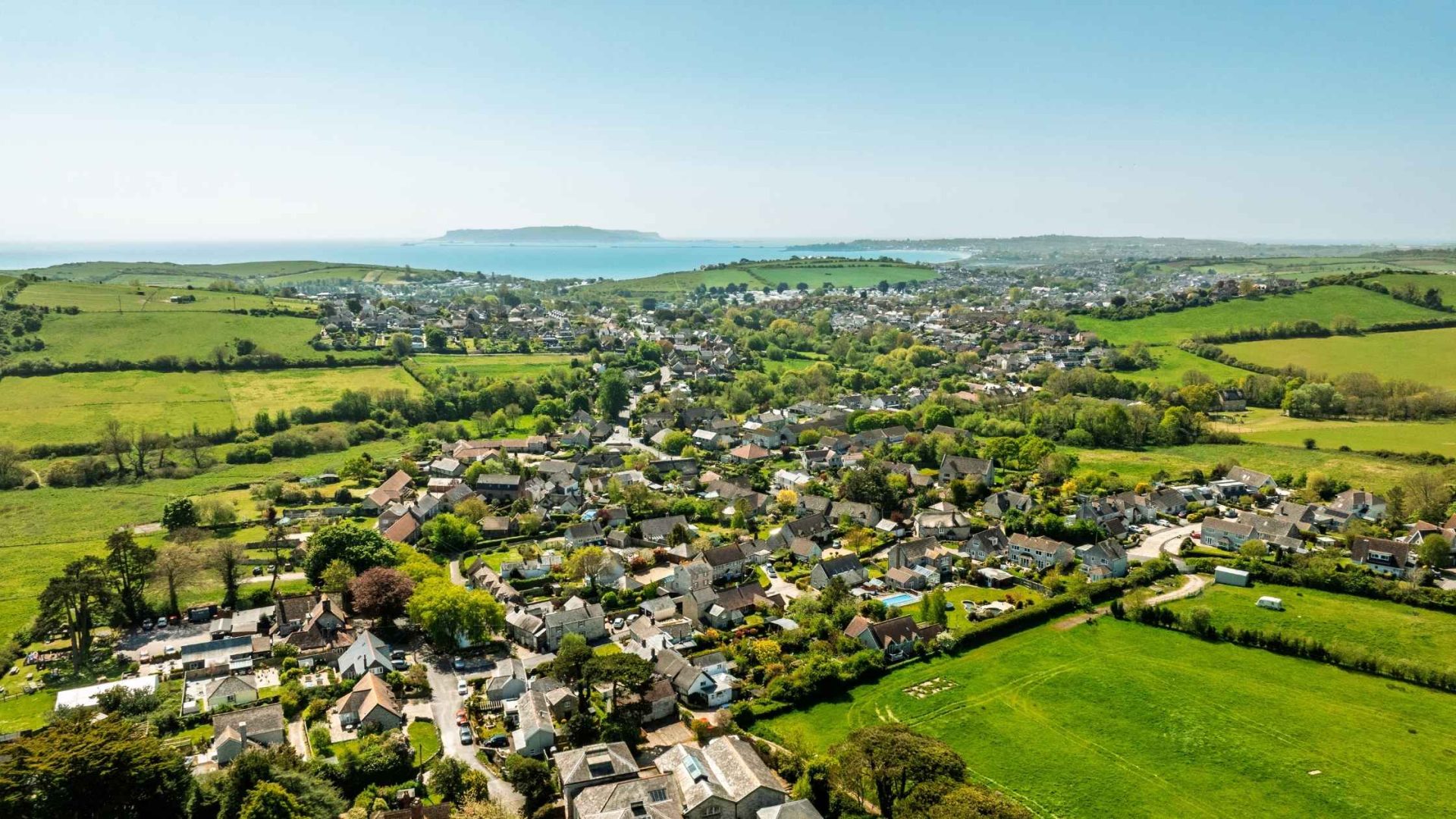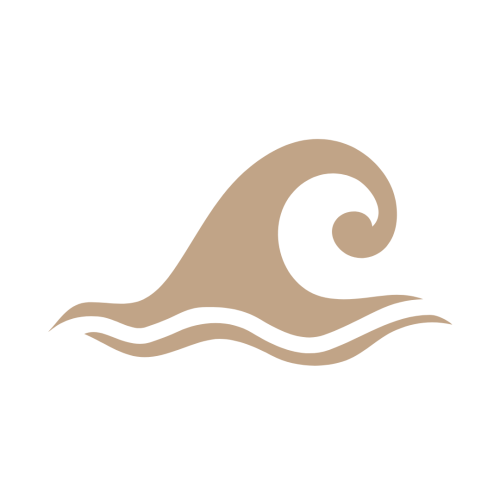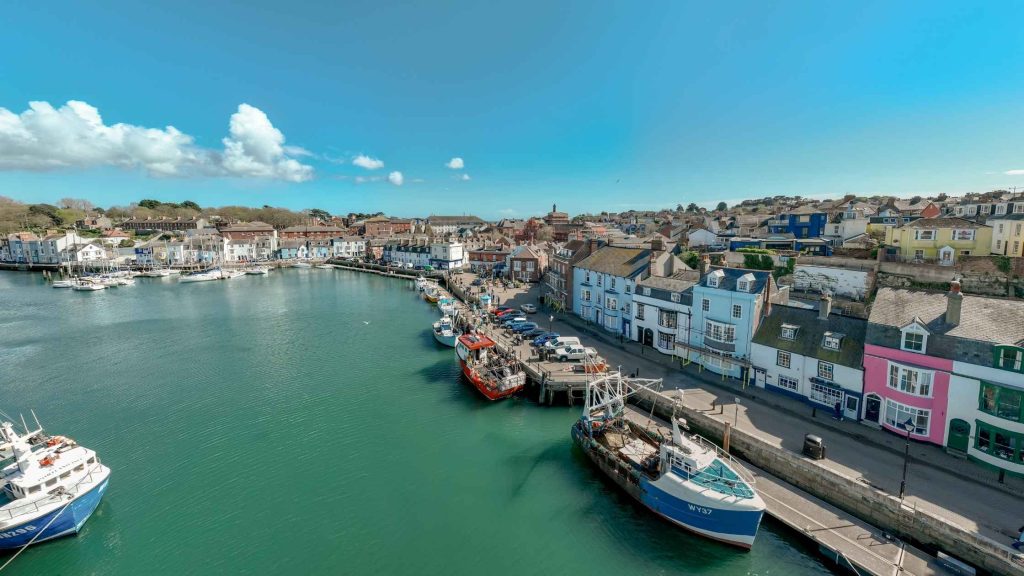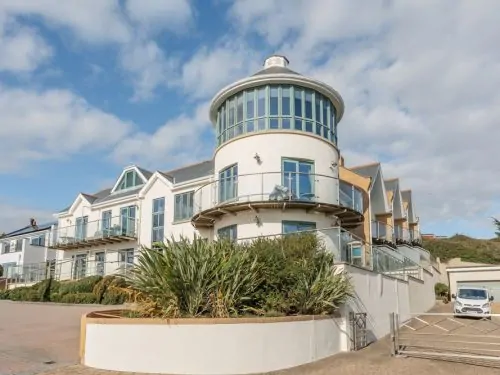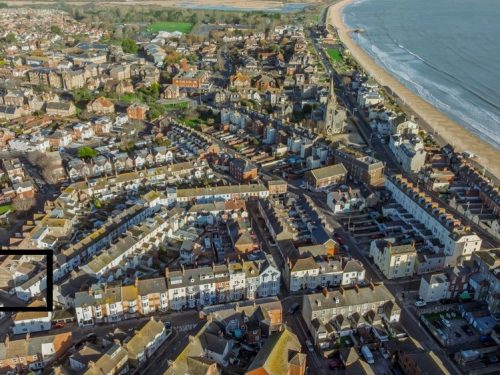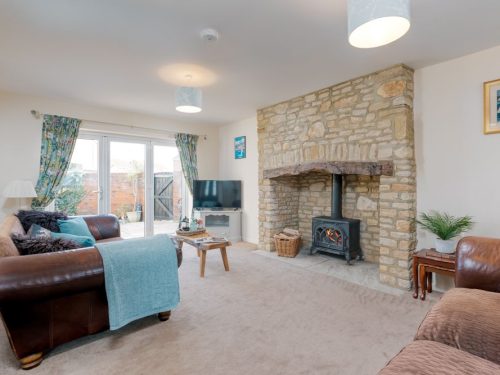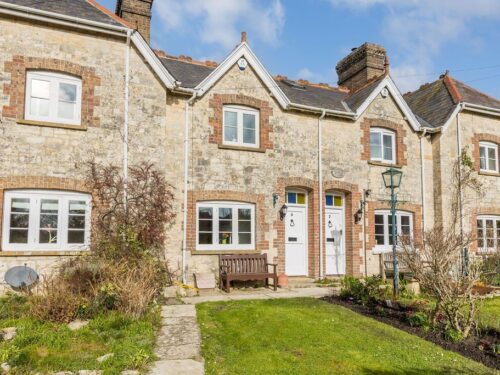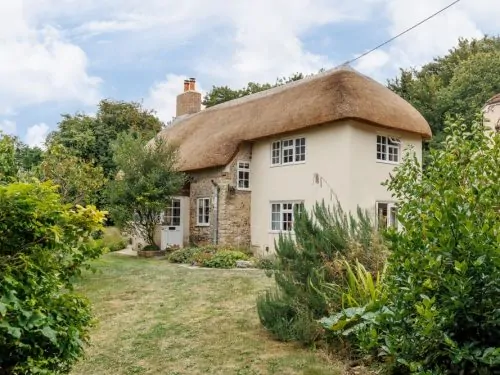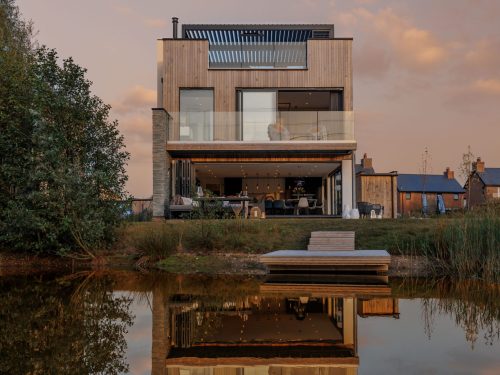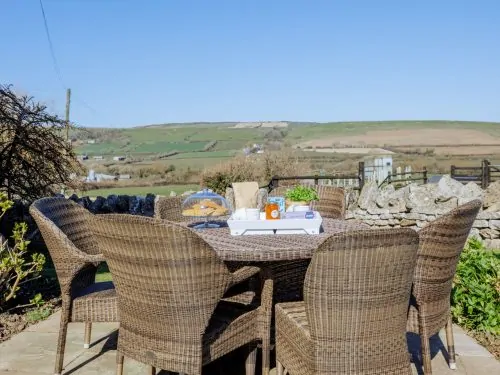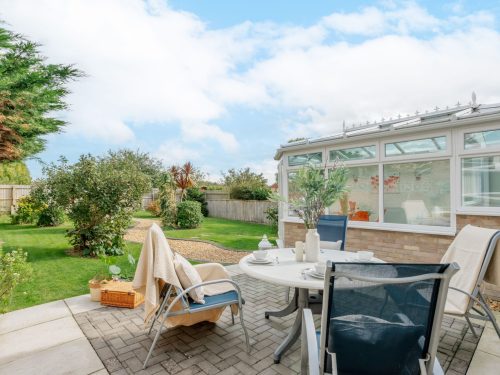Weymouth is the kind of place that makes you want to stay a little longer. Whether you’re planning a family holiday, a romantic escape, or a coastal getaway with friends, staying in this beautiful seaside town gives you the freedom to slow down and truly soak up the best of Dorset living. From early morning strolls along the promenade to relaxed evenings watching the sunset over Weymouth Bay, there’s nothing quite like waking up just moments from the sea.
Our handpicked holiday cottages in Weymouth offer the perfect base to enjoy everything the town has to offer. Stay close to the beach for easy days on the sand, or choose a cosy spot near Weymouth Harbour, where you can enjoy harbour views, seafood suppers, and the gentle rhythm of boats passing by. Many of our properties are dog-friendly, family-ready, and ideally located for exploring both the town and the surrounding Jurassic Coast.
With so much to see and do right on your doorstep, staying in Weymouth means you can set your own pace — whether you’re heading out for a hike along the South West Coast Path, spending a lazy day at the beach, or exploring the town’s historic sites and local shops.
Take a look below at our full collection of cottages in Weymouth — your perfect coastal escape is waiting.

